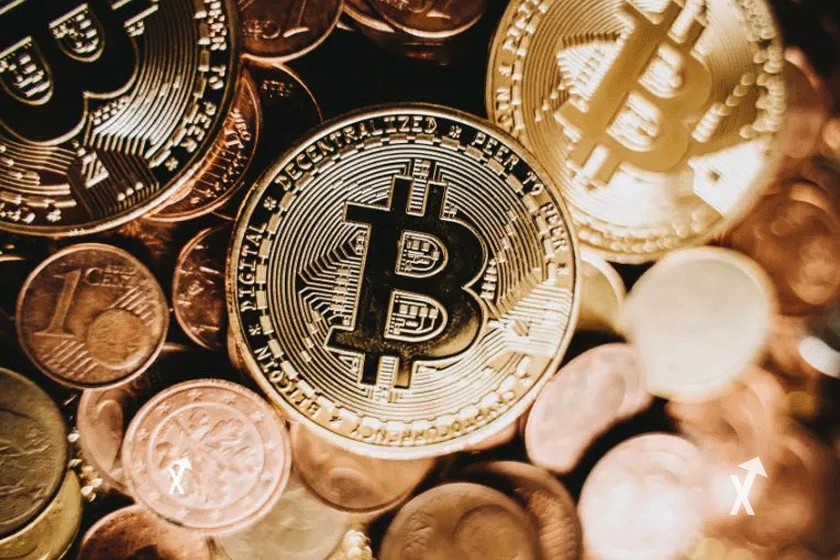

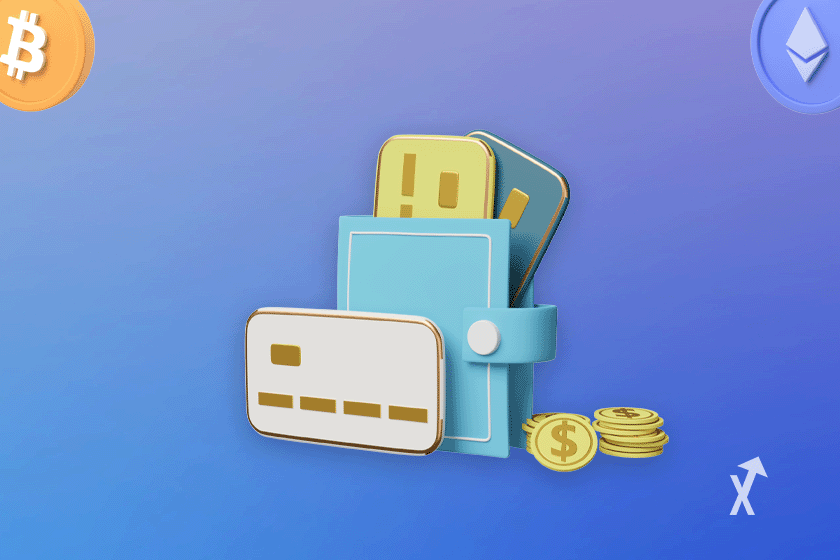
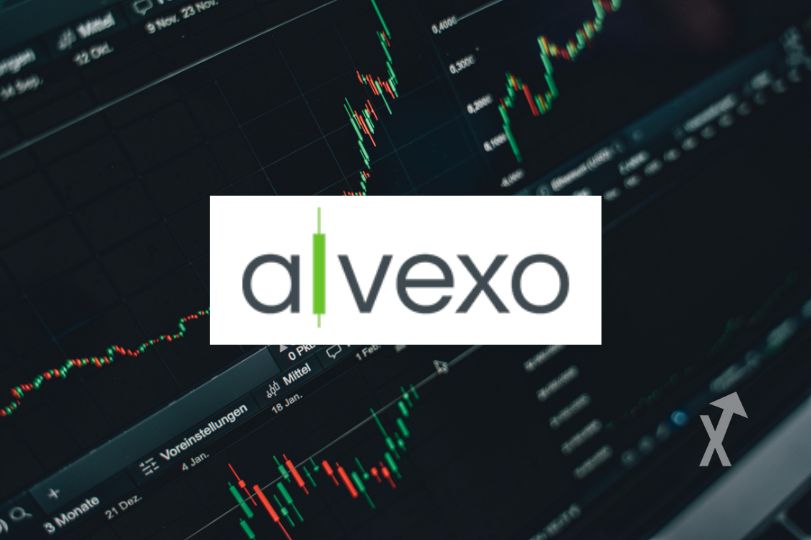



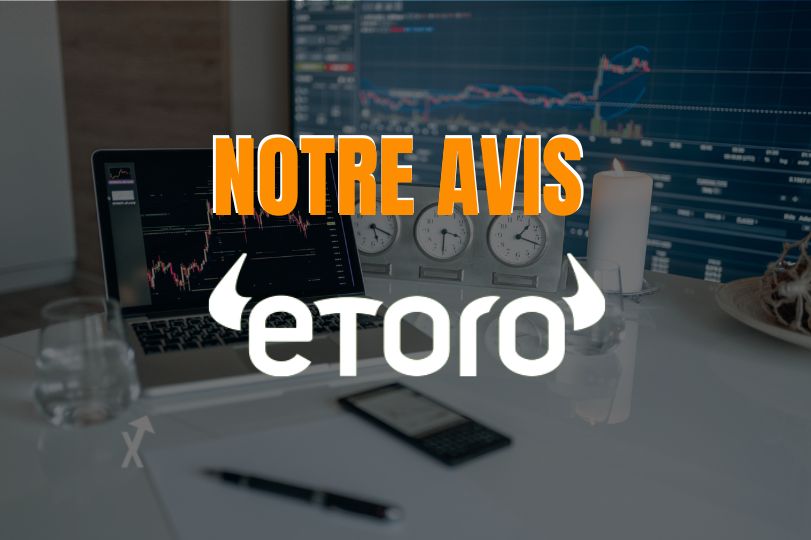
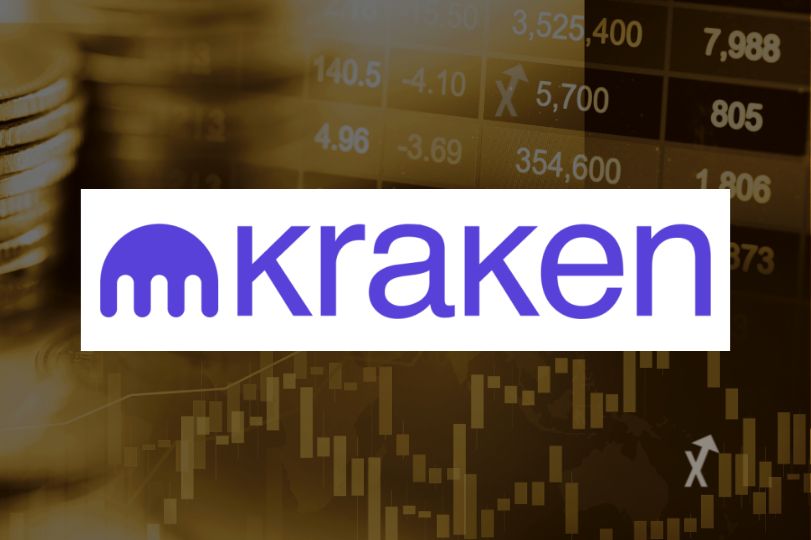
Cryptocurrencies have been in the news for some time. This is a subject that remains very vague for a large part of the population who do not know where to place themselves between the fear of risk and the desire to seize new opportunities. In this article, we are going to take you through this new type of investment and give you some keys if you want to get started.
Before talking about investing in cryptocurrency, we need to define what a cryptocurrency is. It is a digital currency, issued in the form of digital assets. Transactions are made between peers without the need for a central bank.
The best known, and especially the most used, are :
These currencies are therefore essentially exchanged online, through secure networks, called blockchains (or blockchains) and decentralized.
They do not pass through central bodies such as banks, and are participatory.
The democratization of cryptocurrency investment is no longer in its infancy. More and more people are turning to this alternative finance, whose rules differ from those of traditional markets. The proliferation of currencies, platforms for exchanges and purchases, as well as the dissemination of information in several languages, testifies to this democratization.
Many innovations in the world of cryptocurrencies offer a renewal of investment opportunities, which means that it is not too late to invest! The key is to learn about the trends of this somewhat volatile market to place your pawns well.
There are so many cryptocurrencies today, so how do you know which crypto to invest in?
Several solutions are available to market entrants.
The first strategy is to favor the main currencies, the oldest and most “stable”, such as Bitcoin, Ethereum, Solana, Terra or Avalanche. They are the oldest but also the most popular.
Bitcoin is pretty much the “safe bet”. Although its value varies depending on the market, it remains the most powerful, and most expensive, cryptocurrency on the market.
First virtual currency, created in 2008, Bitcoin was presented as an alternative to state currencies at the time of the subprime crisis in 2008, calling into question the financialization of activities in the world, and in particular in the United States in the real estate sector.
The loss of confidence of some bank users has turned into an investment in this crypto-currency whose market valuations today are the highest.
Ethereum, which arrived in 2015, is the second most popular currency on the market and owes its rise to the adoption of decentralized finance techniques, a major innovation.
It has more users on its blockchain than Bitcoin !
Solana, Terra and Avalanche enter the game with the same type of decentralized technologies, and add the “Smart Contracts”.
These latest very popular cryptocurrencies have experienced a meteoric rise thanks to these processes which secure investors outside the world of traditional finance.
There are several forms of investments in cryptocurrencies, which resemble those of the traditional markets.
Two types of main platforms are offered today for easy investing and it is necessary to understand the principles :
The first is the exchange, to be translated by the exchange, and more precisely the cryptocurrency exchange platforms.
There are several hundred in the world, but it is wiser to start on the best known platforms such as Binance, Coinhouse, Coinbase, Deskoin or Kraken.
These platforms make it possible to exchange cryptocurrencies, known as coins, against others. It is by exchanging its cryptocurrencies, according to market fluctuations, that you can begin to increase your capital.
Within the exchange platforms themselves, there is one platform that stands out particularly because it drains a large number of currencies and appears to be the most dynamic on the market.
This is the Binance trading platform. It dominates the market because it offers a wide offer of cryptocurrencies and relatively low fees for the various transactions.
This platform also offers a wide range of investment types between crypto trading, Futures, Binance Earn (savings accounts, staking, farming) and more recently NFTs.
Created in Hong Kong in 2017, following a fundraising of several million dollars, the platform then exploded and acquired several companies such as other exchange platforms.
The platform draws its success from its internationalization, being available in many countries and in around thirty languages.
It is now a very interesting platform for anyone who wants to get started, as a beginner or not, in investing in cryptocurrencies. Its scale creates a certain confidence but also offers an intuitive platform accessible to all levels of knowledge in crypto.
The second form of investment is to go through a broker, which translates to broker, in cryptocurrency.
It provides online financial services to users who want to buy or sell cryptocurrency, adding markups to the exchange platform.
They are often used by beginners as they represent a safer investment and greater ease of use.
Brokers also offer to exchange state currencies, known as fiat, such as the euro or the US dollar for crypto-currencies.
When you invest in crypto on a broker, you don’t really own the currency. In the same way as investing in gold, you invest in the price if you think it will gain or lose value but without owning it.
The best known and most intuitive broker today is eToro. Created in 2007, eToro is above all a trading platform. It then turned to crypto-currencies while keeping its primary services and therefore offers a range of financial products and different assets.
It stands out as a social trading platform because it has incorporated spaces for communication between users into its interface.
Once in possession of coins, called “tokens” in French, 3 main strategies are available to investors to make their investment profitable and make their capital grow :
The first strategy is that of trading, already described above. It is, like the traditional stock markets, to exchange its cryptocurrencies by informing itself on the market to gain in value over the fluctuations.
This trading is thus carried out via trading platforms or brokers.
The second strategy is that of the holding company, says HODL, which consists of not selling its coins despite market declines when other investors are selling.
In fact, the term HODL comes from a message that a user posted on the Bitcoin forum in 2013 in which he made a typo and wrote “hodl” instead of “hold”. It became a meme and then a term used in the industry.
The challenge is to hold out until the market goes up and then make a profit by reselling its coins at a higher price. It is a strategy that requires psychological strength not to give in to market pressure in times of crisis.
It is a strategy that is generally seen over the long term or even the very long term. We assume that a certain crypto can only increase in value over the next X years and we decide to keep our coins very wisely for a certain period.
The latest strategy in the world of cryptocurrencies is that of staking.
Inspired by the holding company, this strategy consists of immobilizing its coins within a smart contract. This action contributes to the security of a blockchain. As with trading or holding, it is carried out on dedicated platforms, among which the most popular are recommended to avoid scams.
When you stake your money, you actually make it available to the blockchain and the amount made available “works”. Indeed, staking can be akin to a form of mining.
Where mining produces a Proof of Work when a combination is found, staking produces a Proof of Stake which is a different form of verification.
Risk Warning: Trading financial instruments and/or crypto-currencies involves high risks, including the risk of losing all or part of your investment, and may not be suitable for all investors. Crypto-currency prices are extremely volatile and can be affected by external factors such as financial, regulatory or political events. Trading on margin increases financial risk.
Before deciding to trade in financial instruments or crypto-currencies, you should be fully informed of the risks and fees associated with trading in the financial markets, carefully consider your investment objectives, level of experience, and tolerance for risk, and seek professional advice if necessary.
Some of the partners featured on this site may not be regulated in your country. It is your responsibility to verify the compliance of these services with local regulations before using them.